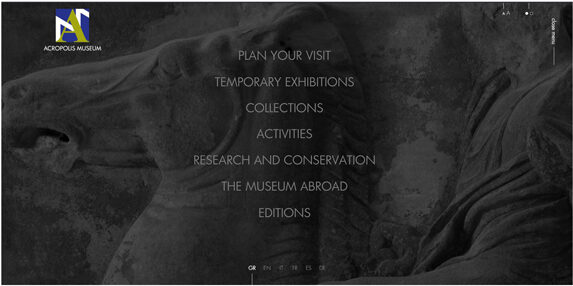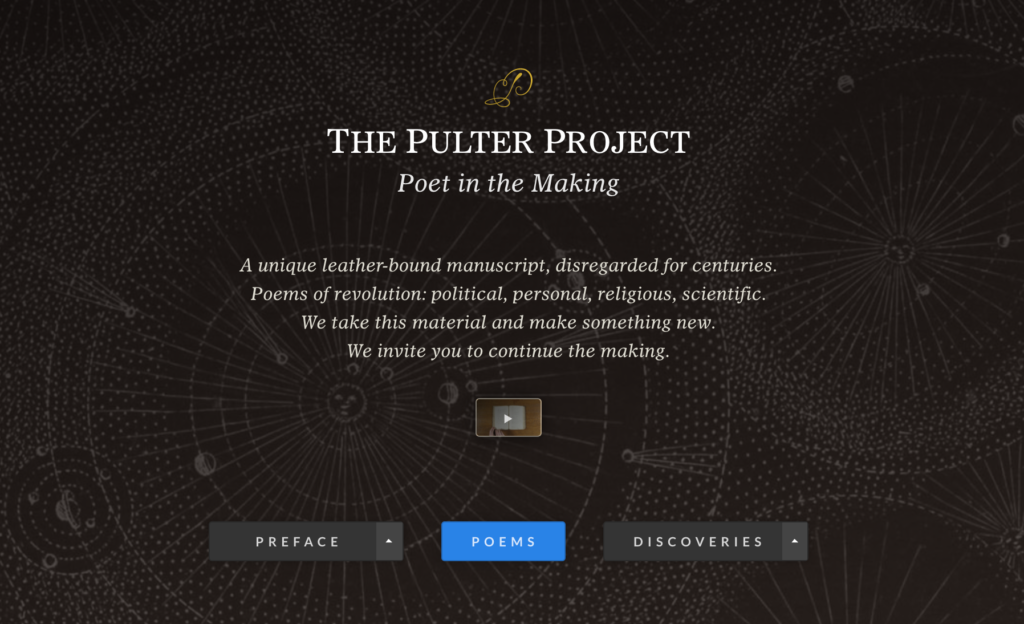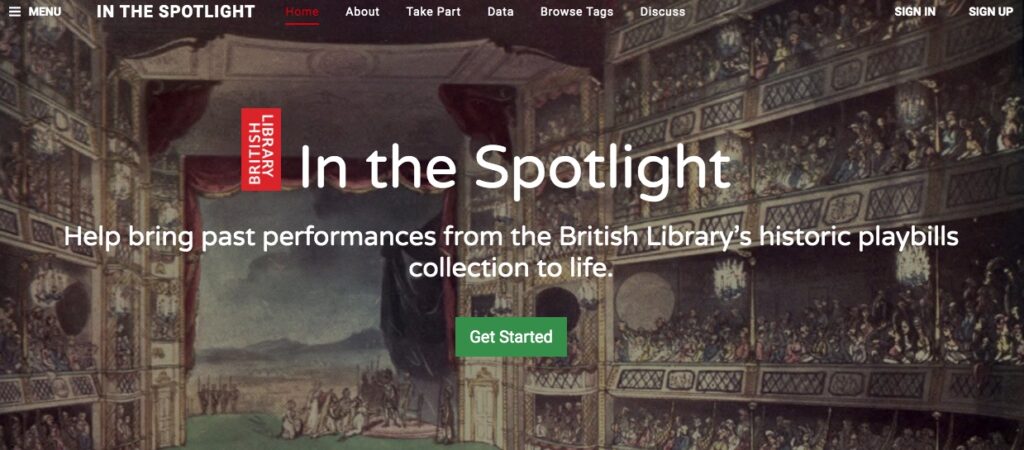What need or opportunity motivated the creation of the digital archive or collection?
The Colored Conventions Project (CCP) aims to document and bring to “digital life” the seven decades-long history of nineteenth-century Black organizing, through both the utilization of digital archival practices and the production of digital exhibits that bring a variety of stories to “digital life”. Inspired by the “Color Conventions”—a series of nineteenth-century political gatherings that offered opportunities for free-born and formerly enslaved African Americans to organize and strategize for racial justice—the CCP centers its work around Black life, specifically the victories and tensions in attempts to build community and protest racial injustice that, when placed in conversation with one another, materialize a diverse and complicated picture of Black intellectual/cultural production. Highlighting the centrality of Black women in nineteenth-century Black political organizing is key for the CCP, and they make that clear in both its core principles, as well as its exhibits. In doing so, the project manages to not only bring to light the biographies of forgotten Black women in these movements, but also provides new ways of thinking about what constitutes political action.
Who is the intended audience, and what technical or design choices make that audience explicit?
The CCP explicitly describes itself as collective and community-centered, wherein scholars from both within and outside the academy are involved in its production. As such, the intended audience would be any member of the public interested in learning more about nineteenth-century Black life, political practice, and intellectual production. The project’s site UX and design choices reflects this inclusive idology, wherein the site’s central feature is its exhibits. While the CCP provides access to digital records alone, these digital exhibits are interactive, navigational, and informational sets of pages that curate the project’s records to narrate significant events and moments in nineteenth-century Black political organizing. As such, these exhibits weave together graphics and text to create an interactive educational experience with accessible language, simple navigation, and straightforward information hierarchies.
What is the relationship between the creator of the archive project and the materials?
The project started from a graduate class the University of Delaware, and expanded into an interdisciplinary group of people both within and outside the academy. Over 2,500 people have contributed to the archive. Those working on the project center their work around their principles, which are modeled after the Colored Conventions themselves. Indeed principle 1 of the CCP’s principles is “CCP seeks to enact collective organizing principles and values that were modeled by the Colored Conventions Movement.” Thus, the project’s theoretical and political hinge grounds itself with its material, in a way.
What are the technologies used? What skills would you need to develop a similar project?
I couldn’t find any information that pointed to specific technologies utilized for this project, but I presume technical and digital data collection, scraping, and visualization tools were used in this process, along with an understanding web development and WordPress. I think that not only would one need to know how to perform this different methodologies, but also be able to have strong collaboration and communication skills.
What could future projects learn from this example?
The way in the CCP is able to curate accessible and informational digital exhibits, as opposed to laying out digital records, is a particularly interesting and helpful way to disseminate historical information and educate members of the public, who may not have the intellectual skills or background to produce insights from records alone. I think this way of curating information to make particular arguments, and highlight particular insights, is pertinent for digital humanities scholars, for it not only provides net outlets for educating, but also inherently requires the formulation of political goals.





